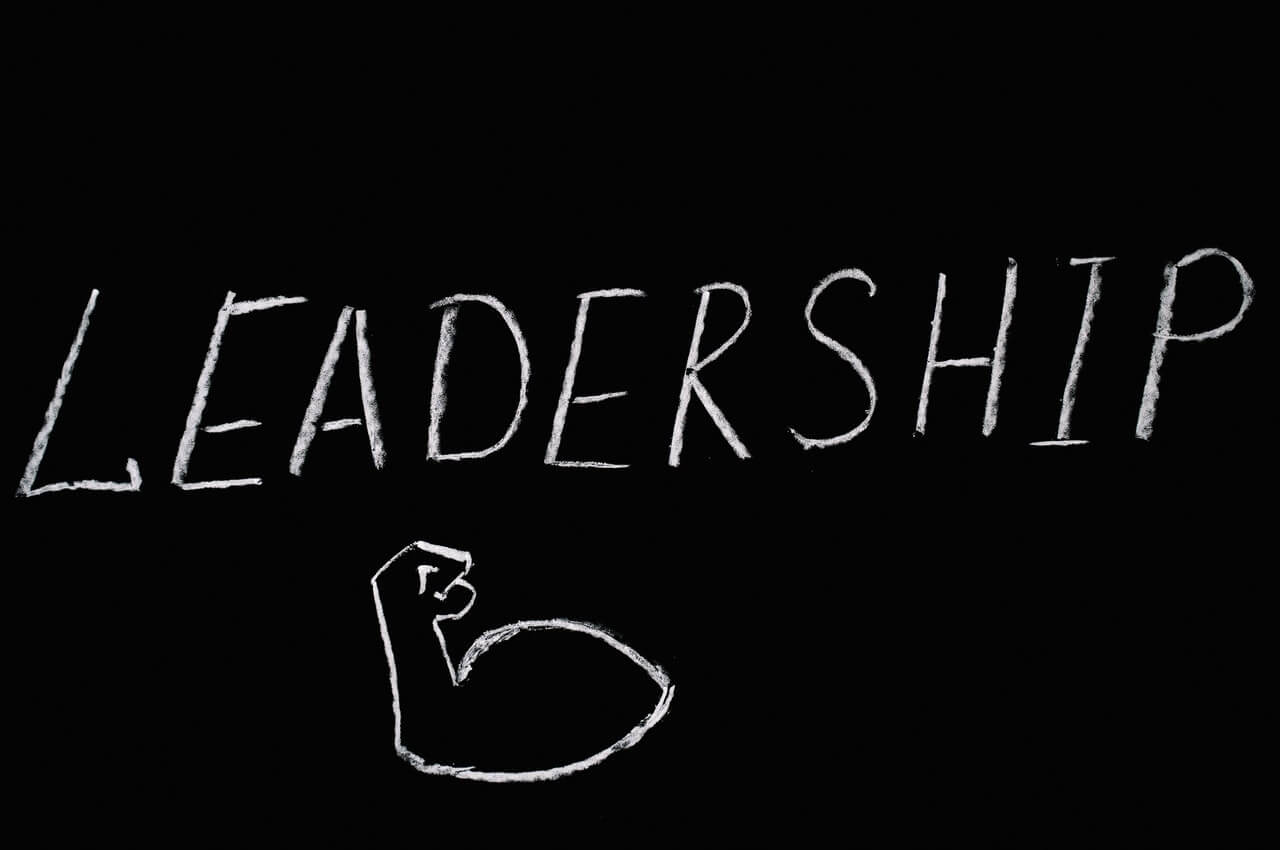The news is filled with the exploits of more than a few examples of dishonesty and greed, leaders who purposefully worked in their own behalf, rather than from a sense of responsibility for institutional integrity. We know the list and it keeps getting bigger.
For the last 50 years it has not been fashionable to talk about moral development, yet the subject of moral development is all about being a grown up. Our children and the youngest workers among us learn from watching and experiencing what it looks like to get ahead and what is permissible, indeed what is expected. The world needs more “grown ups.”
Becoming a grown up does not happen all at once, indeed there are lots of people that it never happens to, and at best, it is a life time endeavor. There seem to be a series of moral plateaus or stages. In a sense, each of the major stages represents a point in time and space at which a person has stopped in their developmental process. A stage represents the way a person looks at and copes with the world. Each stage or ego level is characterized by distinct emotional preoccupations, cognitive styles, and manners of behaving towards others. (J. Loevinger, Ego Development. San Francisco, CA: Jossey-Bass, 1976)
1. The Impulsive
The impulsive/controlling character does not recognize rules or see an action as bad only if they get punished for it. The impulsive is always treating people as a means to an end and they have a mindset that is simple and dichotomous, concrete and egocentric.
2. The Self -Protective
These people know the rules but obey them only when it is to their advantage. This is a person of expediency, it is bad if they get caught, and then they blame others. These people are manipulative, distrusting and opportunistic. These folks play a zero sum game and they have a mindset as self-centered as the impulsive.
3. The Conformist
These people have internalized the rules, and obey them without question. These folks are all concerned with the “shoulds” and they feel shame at consequences. For the first time the idea of reciprocity and trust emerges. They want to belong to an in-group and they distrust others. These people think stereotypically and have little need or capacity for introspection.
4. The Conscious
They operate from self-evaluated standards. They tend to feel guilt at consequences. They have a sense of responsibility and mutual obligation and can communicate differentiated expressions of feeling. They are conceptually complex with a sense of consequences and priorities. They understand contingencies and sees alternatives. They also see themselves in the context of a community & society.
5. The Autonomous
These folks build on the insights and skills of the Conscious; they have in addition, a sense that behavior is an expression of moral principles. They want autonomy in relationships and they are a catalyst in helping others. They are tolerant, respectful of others; they can see paradox and live with uncertainty.
6. The Integrated
They have all of the characteristics of the conscious and the autonomous, plus they can truly reconcile their inner conflicts with external demands. They can renounce the unattainable and they cherish individuality and justice. These folks have an integrated sense of their own identity and a sense of themselves as a part of the flow of the human condition.
It is not hard to look around and see that our organizations are filled with people at all these various plateaus. In fact I think it is fair to say in our systems-based world; that people at all of these plateaus create our organizations, and at the same time our organization reinforce people on all of their various plateaus. I am sure we have all seen groups operate from these various stages, or plateaus. We can observe groups operating at various stages of moral development in their assumptions and behaviors. Some organizations are just more highly evolved than others.
Consciousness is the entry-level to being a mature grown up and it is the gateway to becoming a more mature group. The conscious operate from a self-evaluated set of standards. They know they have choice and they feel a sense of responsibility both to themselves and others. At the same time they understand different viewpoints and options in a social context.
Isn’t this what practitioners of organization development are trying to help organizations do? To build into people’s muscles the capacity to examine reality and make conscious choices. That’s what organization effectiveness is all about as a field of study and practice.
- Here’s more information about leadership development and ethics.
—————————
For more resources, see the Library topics Consulting and Organizational Development.
——————————————————————
Jim Smith has over 40 years of organization development experience in a wide range of organizations. He can be reached at ChangeAgents@gmail.com

